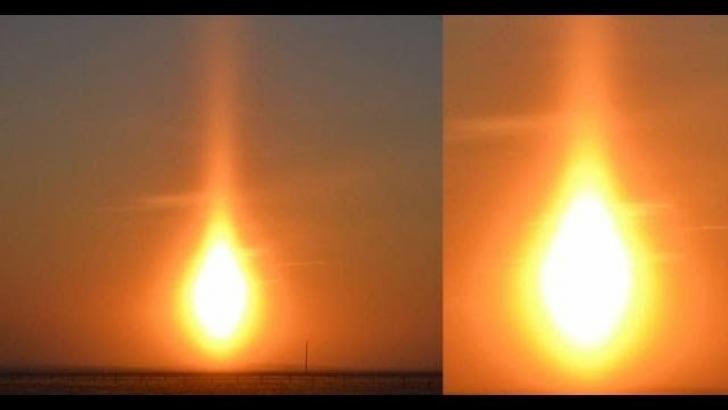VIDEO: Noah’s Ark.Evidence that Noah’s Ark Landed on a Mountain South of Ararat.

. People—highly educated people—are sure that Noah’s ark landed on the remote and inaccessible heights of Mount Ararat, a 17,000-foot (5180 m) volcanic mountain in modern-day Turkey. The Book of Genesis does not say that the ark landed on Mount Ararat, but rather “on the mountains of Ararat” (Genesis 8:4), meaning on a mountain somewhere within the range.
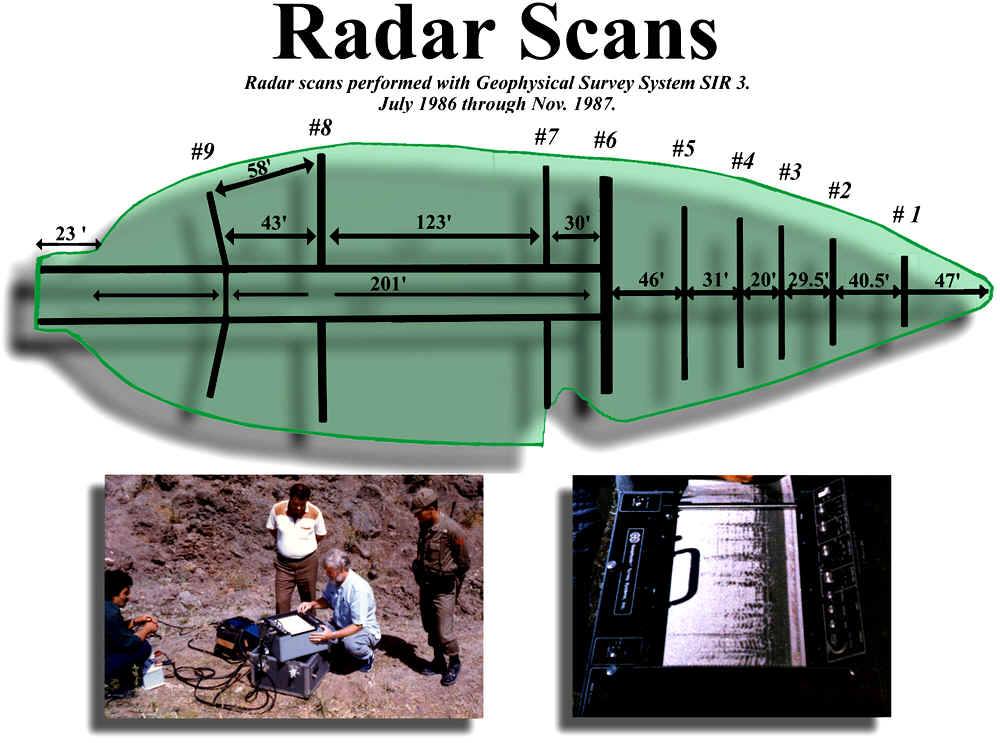
Think about it: If you were Noah, would you land a huge craft full of animals, tools and supplies near the top of the highest, craggiest peak in the mountain chain? Why would you land your ship and everything you’ve brought from the pre-Flood world in an extremely precarious location? Wouldn’t you want to live in the ark until you made suitable habitations nearby? Wouldn’t you want to use the ark wood to build those habitations, and to make fires?
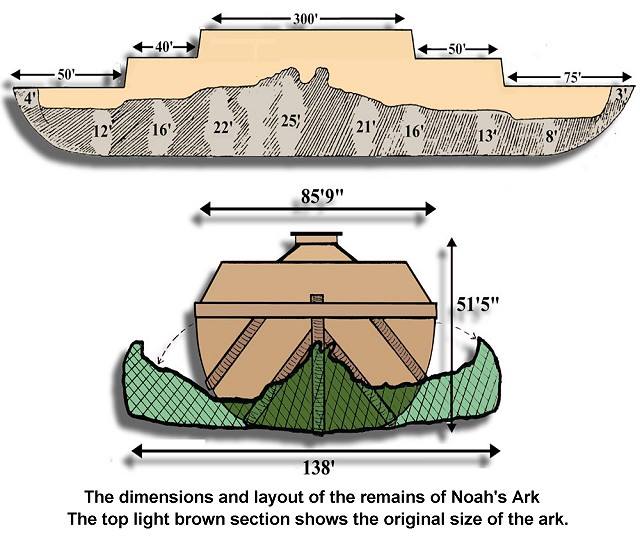
Above left, we see Mount Ararat in modern-day Turkey, and get an idea how impractical it would have been to try land the ark of Noah on it. Above right, we see the mountain seventeen miles south of Mount Ararat where the ark actually first came to rest (arrow), and the impression it left when it slid down the mountain about 100 years later. At the top of the mountain, we see the escarpment cliffs which the “Epic of Gilgamesh” refers to as the “wall of heaven” (Image: David Allen Deal, Author supplied)
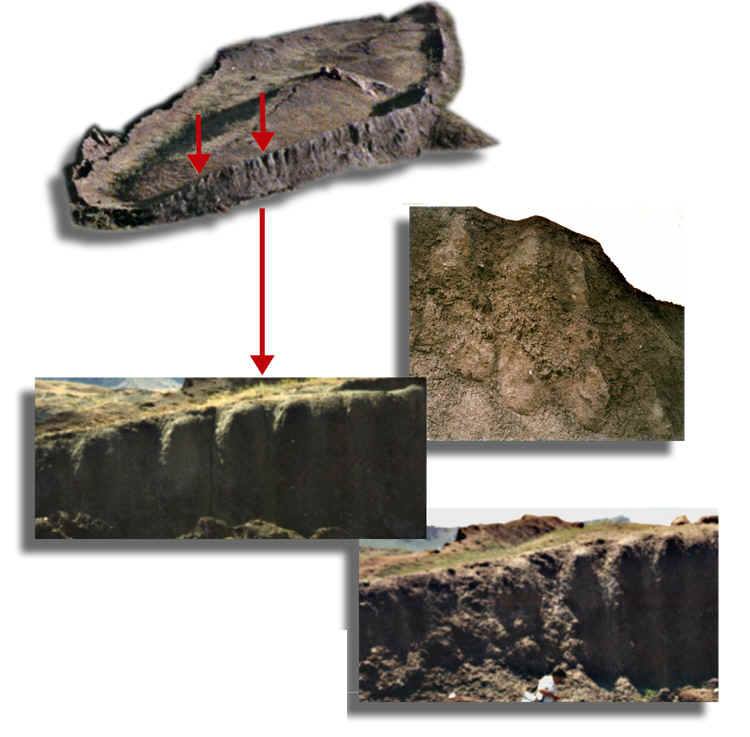
A More Reasonable Location for the Ark
In Noah’s Ark—The Evidence: The Bible, The Flood, Gilgamesh & The Mother Goddess Origins , the late David Allen Deal presented a common-sense, convincing argument that Noah’s ark landed on an 8,000-foot (2440 m) mountain seventeen miles south of Mount Ararat, based on his visits to the site and fact after fact.
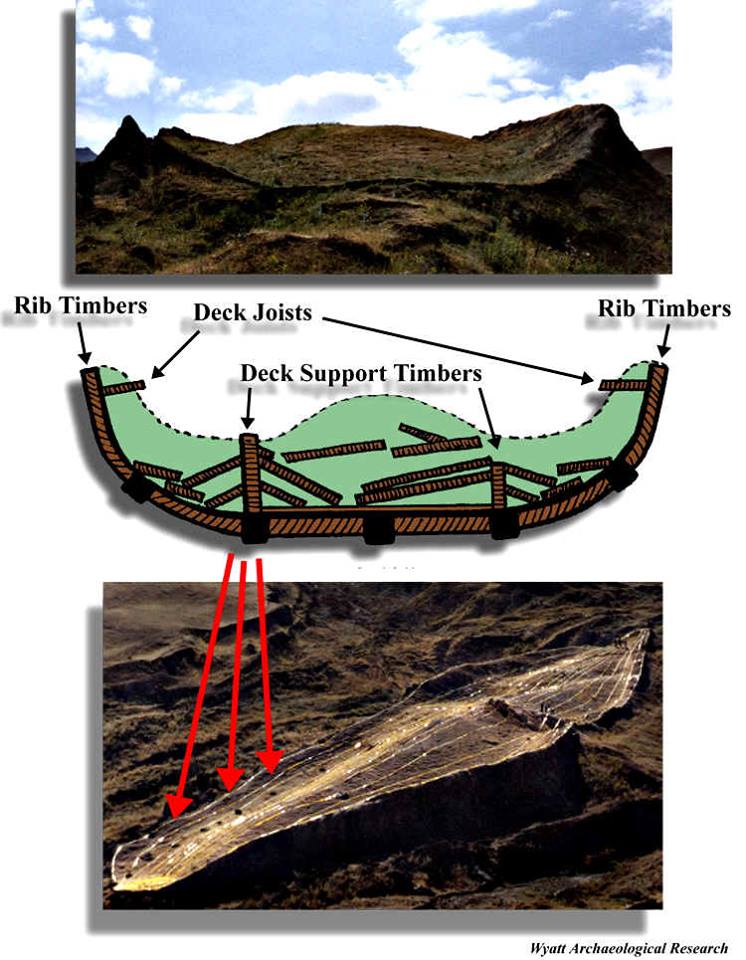
As a friend and truth-seeking associate, David helped me formulate the content of my books Noah in Ancient Greek Art and Genesis Characters and Events in Ancient Greek Art. I dedicate this article to his memory, and summarize here just some of the surprising evidence he uncovered about the true landing site of Noah’s ark.
- Deal’s Theory
The ark first came to rest on the mountain south of Ararat in a welcoming and accessible spot at an elevation of 7,400 feet (2255 meters), supposed location indicated by the arrow in the illustration, above.
The hull of the ark provided basic raw materials for the occupants of the first post-Flood city, Mesha-Naxuan. They stripped its planks and beams to build roofs, and used the melted down kapar or bi-tumen (tar) to seal the roofs from rain. They most likely used the wood for furnishings as well as for fires.

When the ark slid downhill after an earthquake and rains provided the impetus, perhaps after 100 years, the Mesha-Naxuan lumber yard moved a mile across the mountain, and 1,200 feet (365m) lower. Two ark impressions remain on the mountain: one where it landed, and the other where it descended to the lower elevation. Evidence on site indicates that the ark slid down the mountain, away from Mesha-Naxuan, after about 1,000 dwellings had been built there.
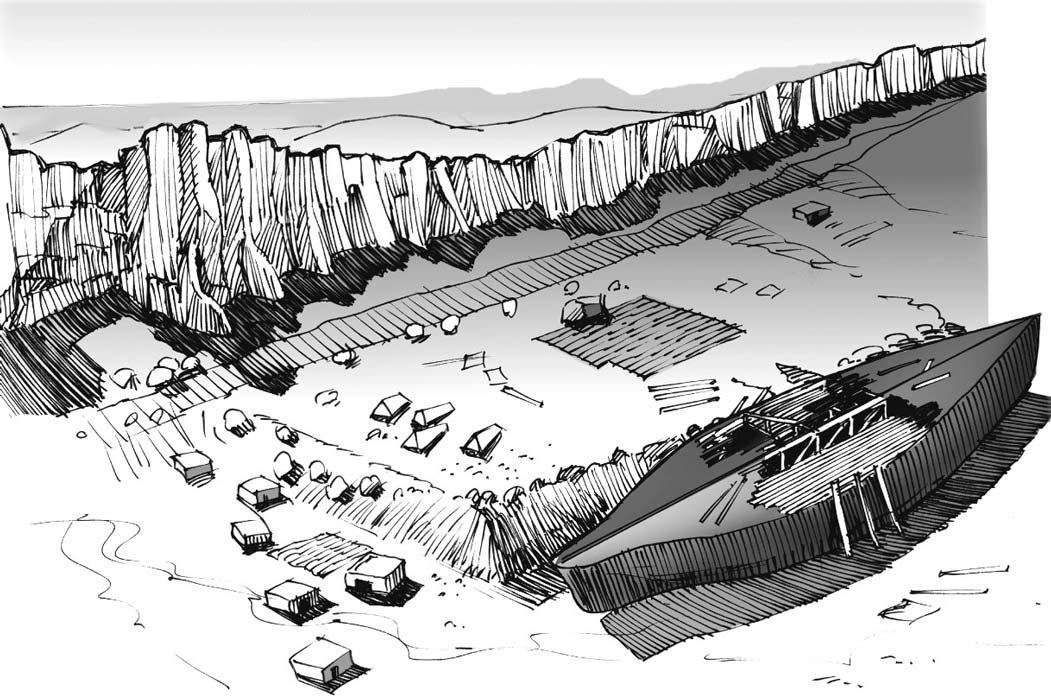
Etymological Evidence
Mesha means “to be drawn out of water,” the name most likely given to it by Noah. Nax-xuan is a Greek interpretation for the Hebrew, noach tsywn , “Noah’s Zion,” or “Noah’s capital,” a name given to the city by later generations.
Mesha is a variation of Moshe meaning “saved through water” as Moses (Moshe in Hebrew) was saved from the Nile. In the ancient Epic of Gilgamesh , Gilgamesh (Nimrod/Herakles) traveled to the mountains of Mashu to find Utnapishtim (Noah/Nereus), the man who had brought humanity through the Flood. Gilgamesh (Gl-Gm-Mesh) means “the man who revealed Mesha.”
source: https://www.ancient-origins.net/





